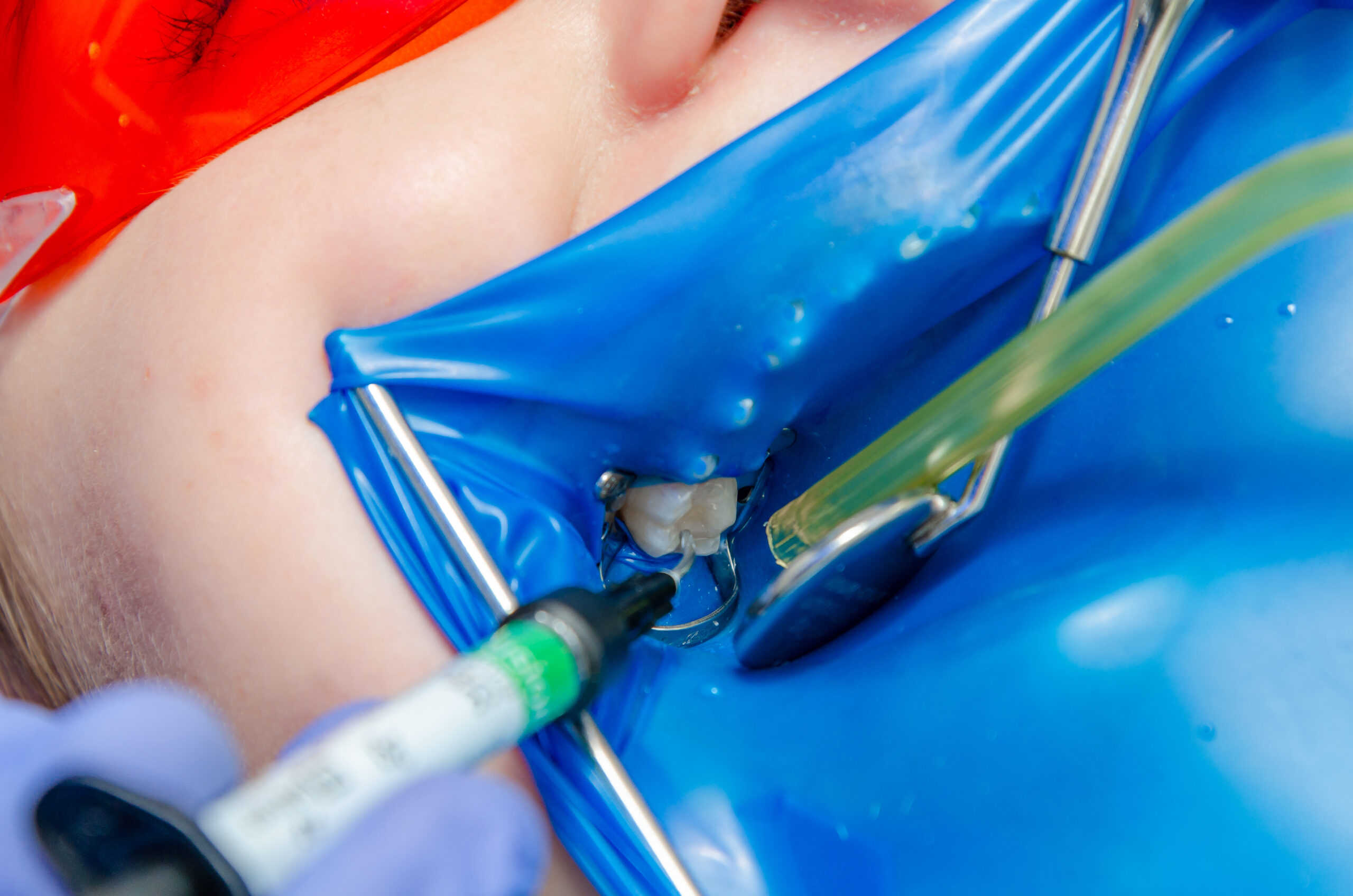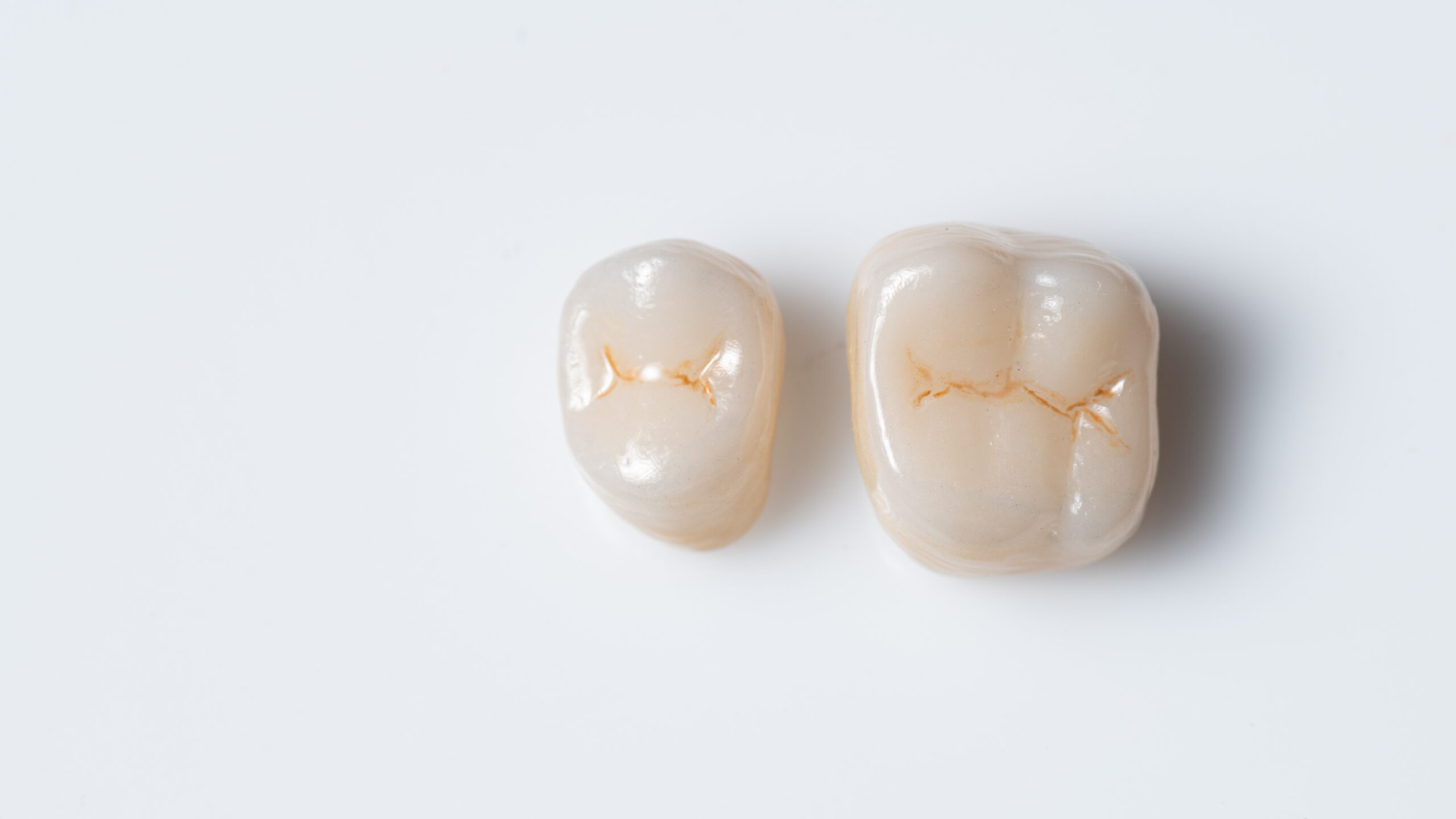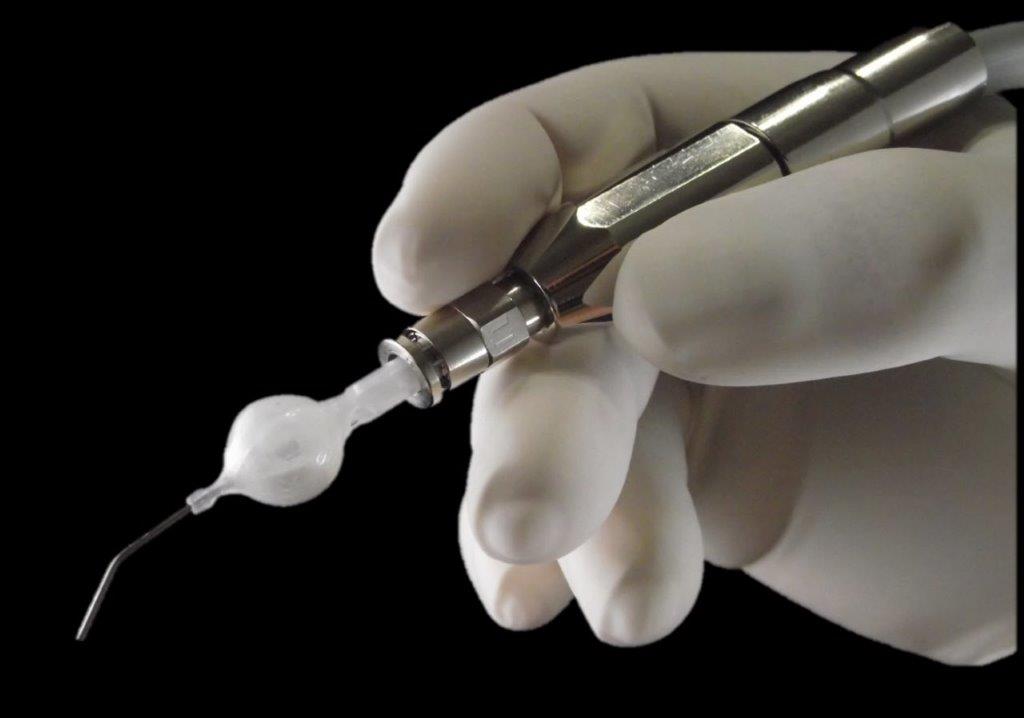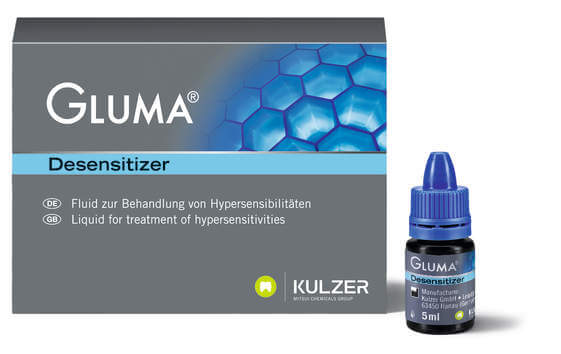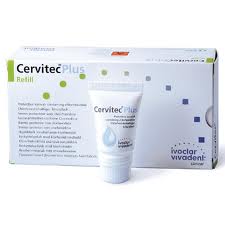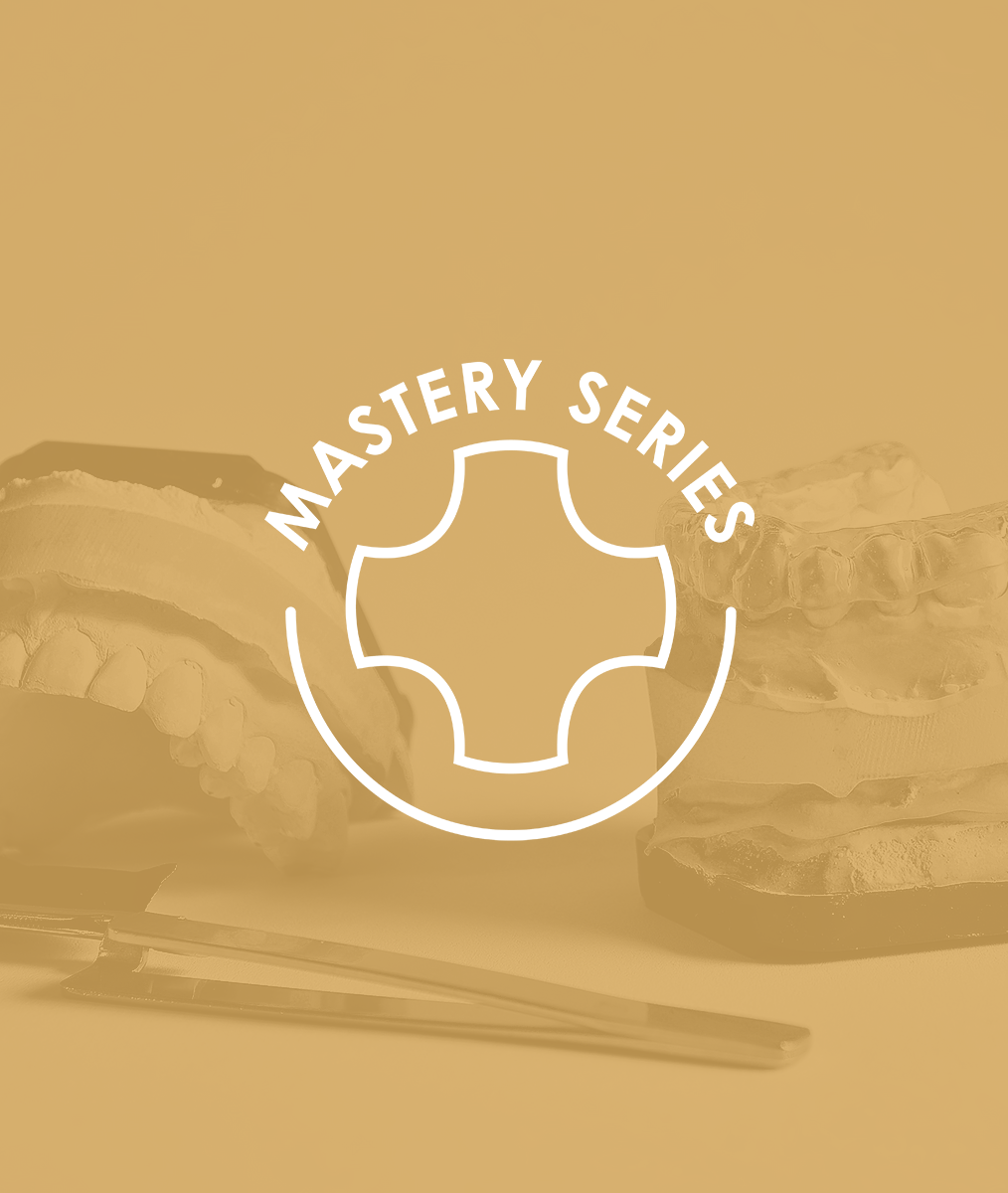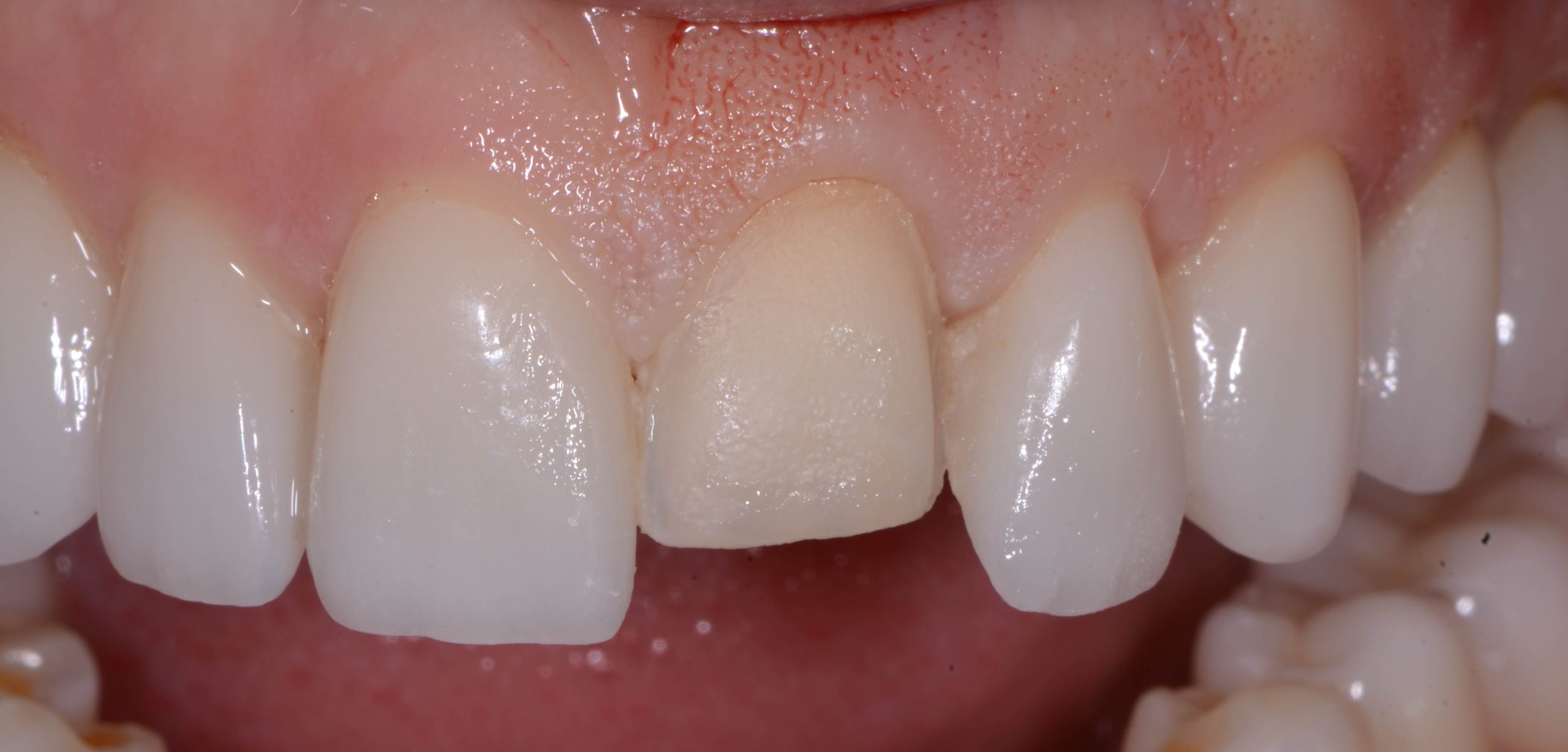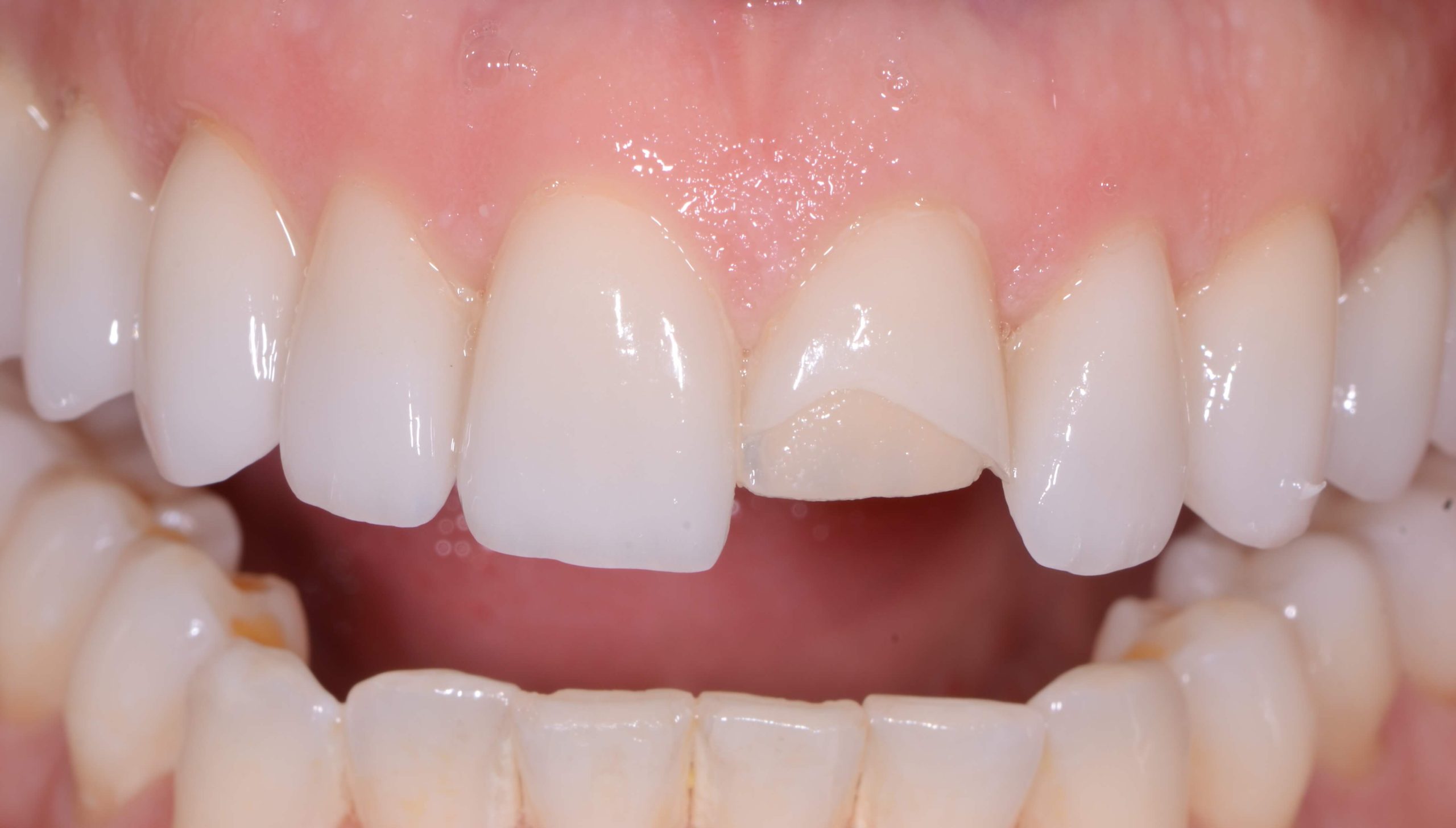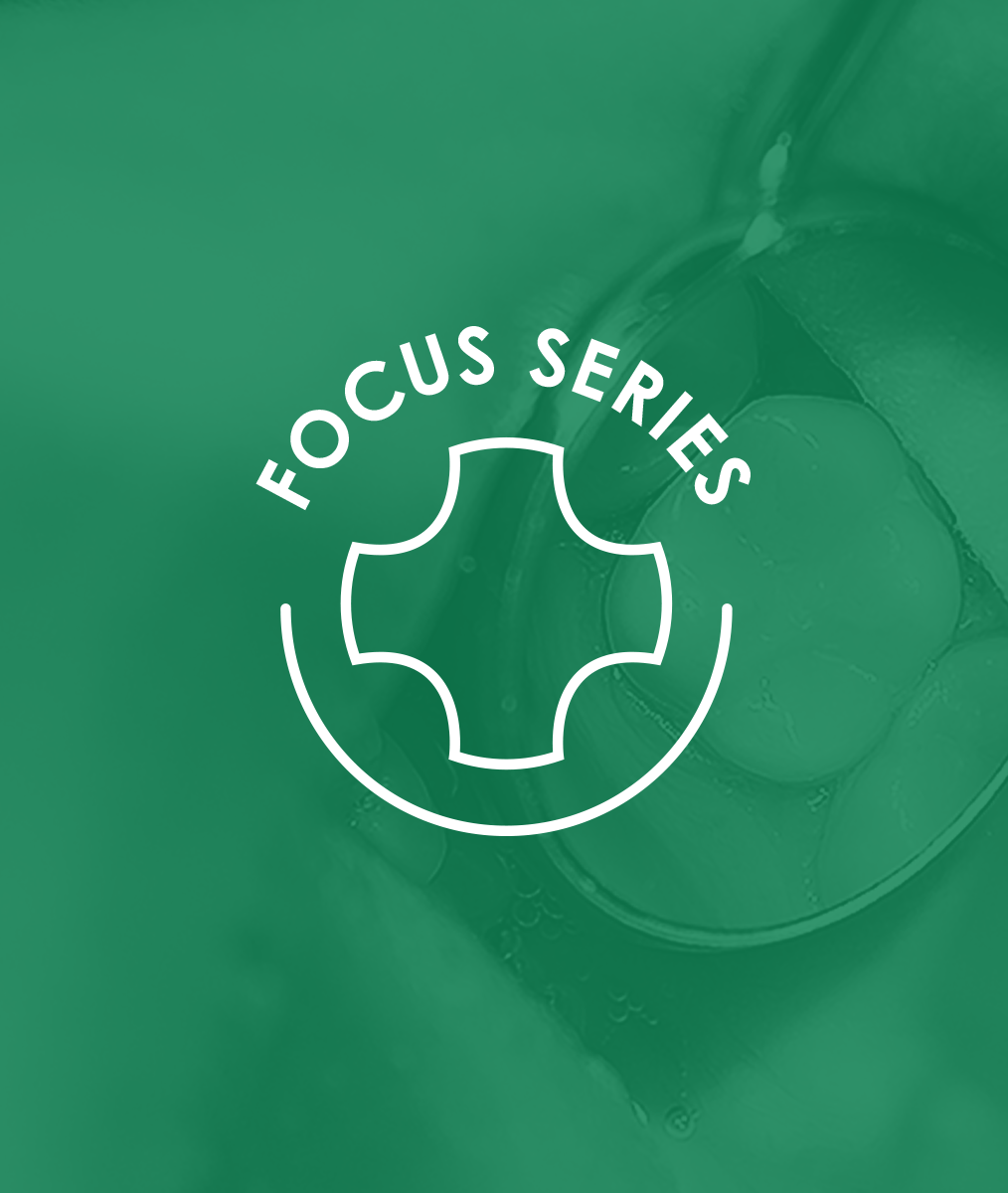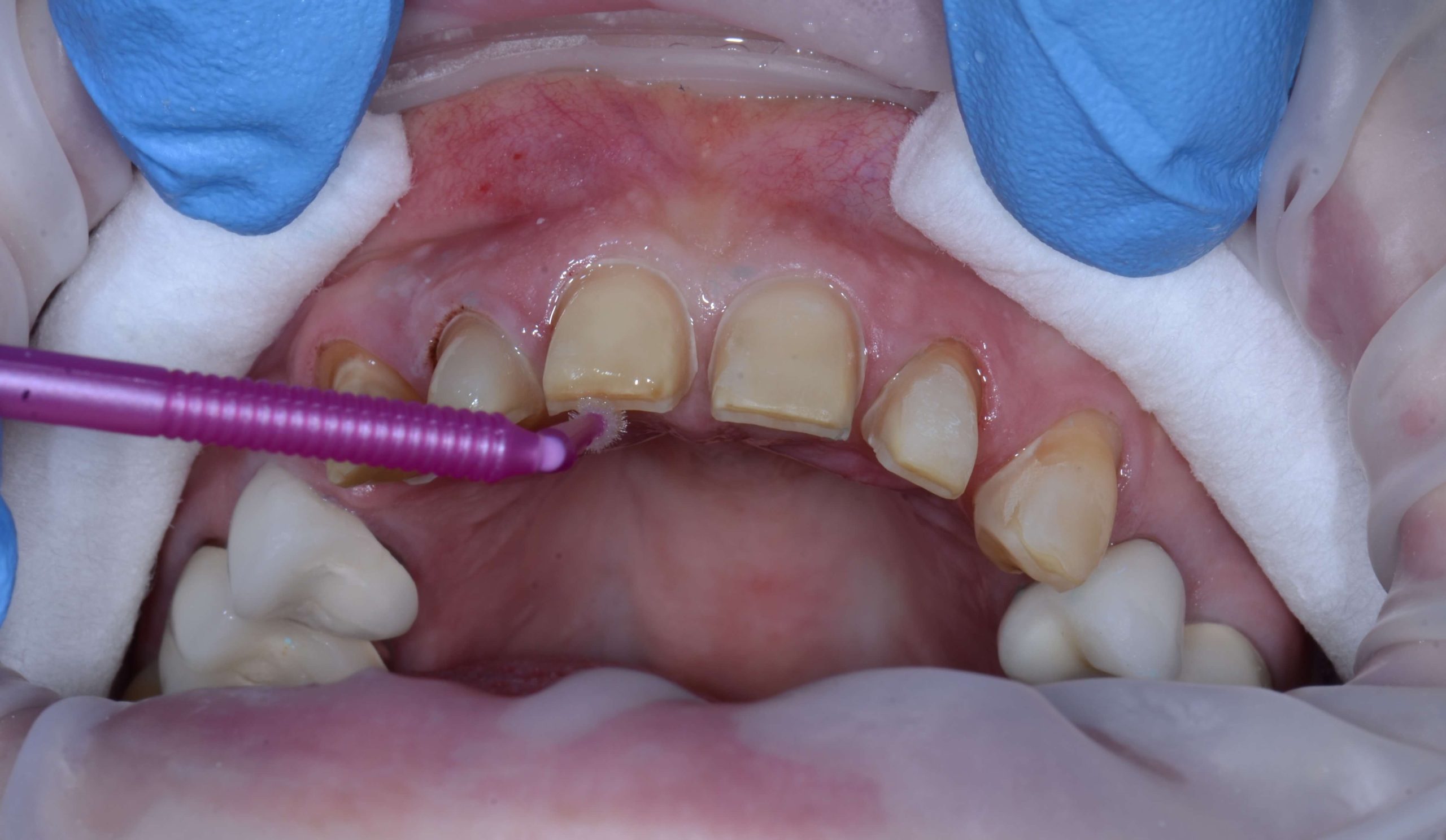Using Glycerin with Resin-Based Temporary Dental Cements
Kelley Brummett, DMD
Resin-based temporary cements are wonderful due to their translucency and their ease of cleanup after light curing. My favorite is TempoCem from DMG.
To prevent resin-based temporary cement from bonding to the newly placed composite, some dentists apply Vaseline on the prep before placing the provisional.
Instead of Vaseline, I use glycerin. We keep glycerin in a little syringe in the room, and we put just a smidge in a little dapping dish so I can coat the top of the prep with it. Since beginning to use glycerin, I have not had difficulty retrieving bonded provisionals.
If your provisionals come off, just get a new and stronger temporary cement. No! I am just kidding! If the provisional comes loose, it is often because you do not have enough space, so excursive interferences are high. When this happens, I engage with the patient in checking their occlusion, and continue to work out the determinants of their occlusion.
Figuring these things out while the patient is in a provisional that is retrievable due to the ease of the temporary cement used, helps me continue to make progress on their occlusion before moving forward with the final restoration.
It is not a failure of cement; it is a growth opportunity for discovery and patient engagement!
Related Course
Surgically Facilitated Orthodontic Therapy
DATE: October 10 2024 @ 8:00 pm - October 10 2024 @ 9:00 pmLocation: Online
CE HOURS: 1
Date: October 10, 2024 Time: 8 – 9 pm ET Speaker: George Mandelaris, DDS, MS COURSE DESCRIPION Patients seeking ideal esthetics may require a more sophisticated diagnosis and treatment plan…
Learn More>








